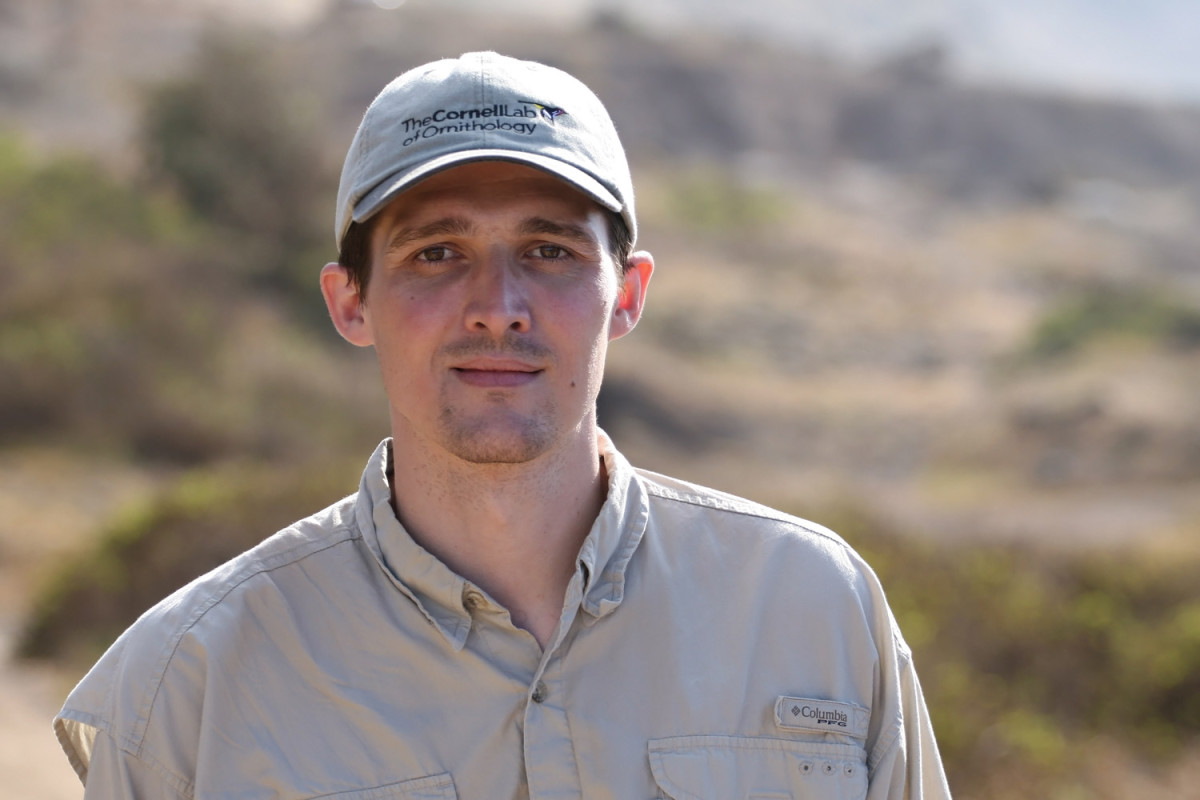I moved to Hawaii in 2012. In November, I started a project of studying and documenting the breeding life of the Laysan Albatross (Phoebastria immutabilis) at Kaena Point (on the island of Oahu).
The Laysan albatross, or as called in Hawaii, moli, is a large seabird. Its range extends across the north Pacific Ocean. The birds spend much of their lives over the ocean, but they need to return to the land to nest. The main part of the population breeds on the islands in the Hawaiian archipelago. One of their nesting sites is located at Kaena Point on the mostwestern tip of Oahu. The Laysan albatross is a colonial breeding bird, the breeding season begins in November. They are monogamous animals. When the pairs are reunited at breeding season, they select a nest site and begin their mating ritual. This unique ceremony includes many movements. After mating, the female bird lays a single egg and both birds incubate it. The incubation takes about 63 days and the chick usually hatches in February and it takes about five months to fledge.
Source:
Young, L. C. et al. (2009). Demography and Natural History of Laysan Albatross on Oahu, Hawaii. Wilson Journal of Ornithology. 121: 722-729.
I’ve spent lots of time with these birds since last November and have had a lot of opportunities to watch and to document their life. Here is a small gallery of my favorite Laysan albatross photographs I’ve taken since November 2012. The gear I used for these images: Canon EOS 7D, Canon 70-200mm F/4 L lens, Canon 300mm F/4 L lens and Canon 1.4x extender. I often used my Manfrotto tripod, but the pictures about flying birds were taken handheld.

